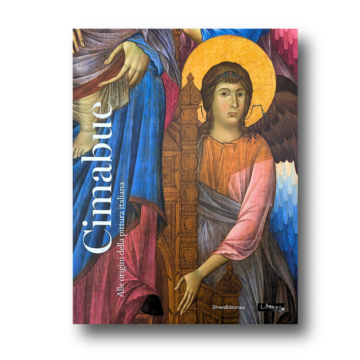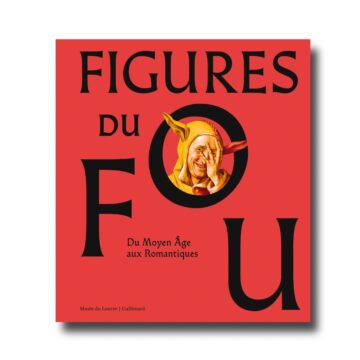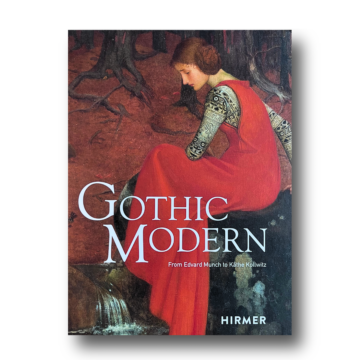The History of Emotion in Art: From Sacred Awe to Existential Angst
What do we feel when we look at a painting? And what did the artist intend for us to feel — anger, desire, sorrow, elation? Emotion has always been central to the purpose of art, but the way it is portrayed has shifted dramatically through the centuries.
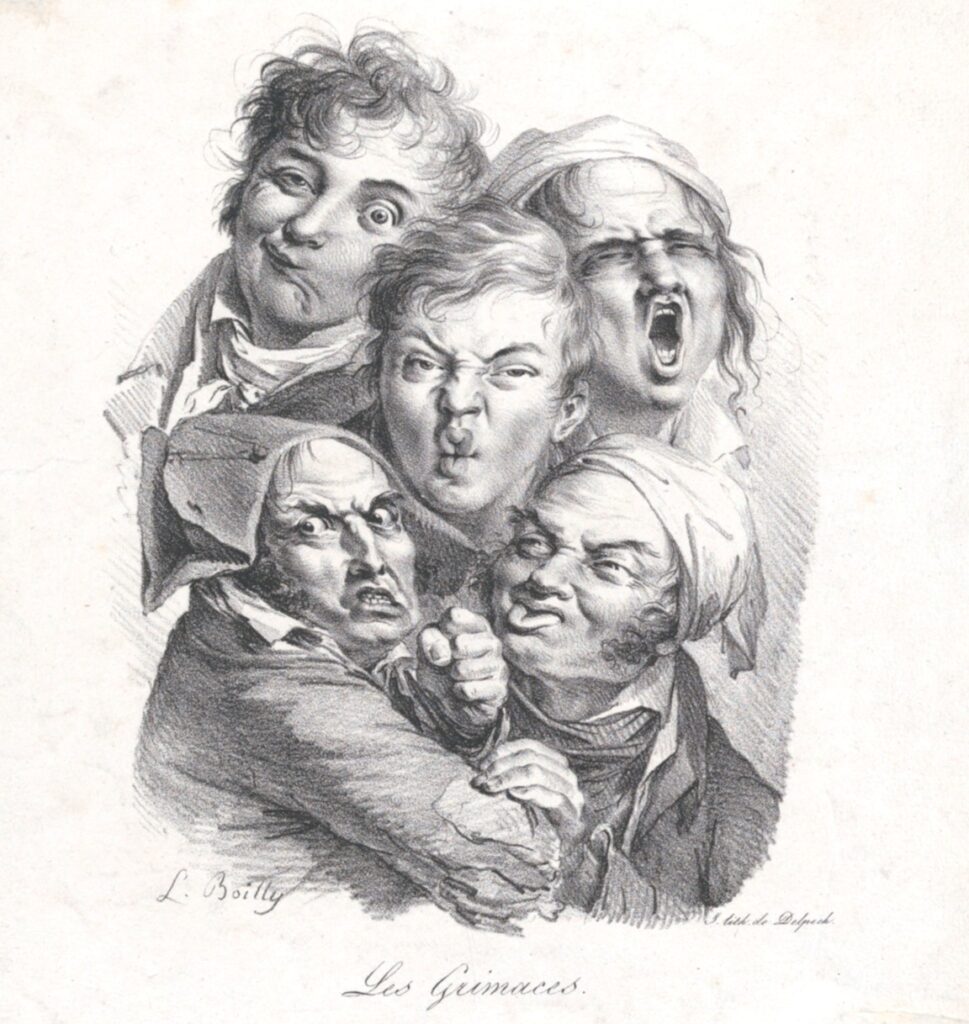
Medieval Stillness: Spiritual Emotion in Restraint
In the Middle Ages, artists sought to express divine reverence and the fear of the sacred. The solemn faces of saints and the silent agony of Christ’s Passion conveyed a powerful emotional code – not loud, but deeply symbolic. The tears on Madonna’s face or the serene resignation of martyred figures did not narrate pain directly; they evoked it.
By the 14th century, overt displays of emotion were considered potentially distracting from religious devotion. Artists were trained to “temper the expression,” offering an image of piety that transcended worldly suffering.
Look at Saint Sebastian. He often shown pierced by arrows, appears not in agony but in a kind of peaceful ecstasy as if gazing inward toward salvation rather than outward at pain.
The Renaissance: A Study of the Human Psyche
With the Renaissance came a renewed interest in the human being – not just as a subject, but as a feeling, thinking, complex individual. Leonardo da Vinci famously dissected the anatomy of facial muscles to understand how emotions physically manifest. His notebooks are filled with sketches labeled things like “man expressing anger tinged with confusion.”
His Last Supper is more than a biblical moment; it is a stage of emotion. Suspicion, fear, betrayal, heartbreak – all are captured in the expressions and gestures of the apostles.
Baroque Excess: Drama on Canvas
The Baroque era dialed emotion up to eleven. On the canvases of Caravaggio, Rubens, and their contemporaries, passions exploded: ecstasy, terror, repentance, even all at once. Sweeping compositions, dramatic light and shadow, and vigorous movement served a singular purpose to make the viewer feel.
One 18th-century French critic once complained that Baroque paintings “scream, whisper, and faint all at once.” And yet, that was the point: to overwhelm the senses, to collapse the distance between artwork and observer.
Romanticism to Surrealism: Inner Worlds Revealed
By the 19th century, emotion in art grew more inward. Romanticism elevated personal longing, melancholy, and the sublime pain of unreachable beauty. A century later, Edvard Munch gave modern anxiety its most iconic face – The Scream – a painting born not of human voice, but, as Munch put it, of “a scream heard in nature.”
Surrealists went deeper still, bypassing logic to paint the subconscious. Their emotions were not always visible — they were embedded in dreamscapes, distortion, and silence.
Modern and Contemporary Art: Emotion in Absence
In the 20th and 21st centuries, art began asking new questions. Do emotions have to be literal? Must they appear on faces, or can they live in color, space, or even absence? A quiet, empty stare may now say more than a weeping eye. Emotions today may be abstract but they are no less present.
Le Théâtre des émotions: A Journey Through Feeling
This rich and layered history was the focus of the 2022 exhibition Le Théâtre des émotions (The Theater of Emotions) at the Musée Marmottan Monet in Paris. Bringing together nearly 80 works, from medieval miniatures to Salvador Dalí, the exhibition invited viewers to explore how Western art has expressed, hidden, and transformed the language of feeling over the centuries.
Accompanied by an exceptional catalog filled with scholarly essays, full-color illustrations, and reflections on how artists have attempted to portray the intangible – human emotion – the show was a true celebration of the drama, delicacy, and evolution of what it means to feel, through art.
Exhibition calendar
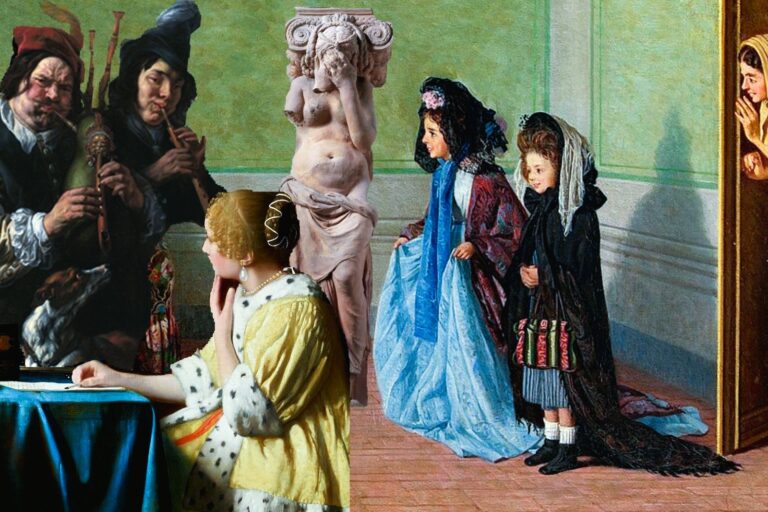
21 Aug 2025
Letters, Games, and Saint Fools: The Art Exhibitions of August 2025
August is usually a sleepy month in the art world. Museums are busy plotting…
Art news
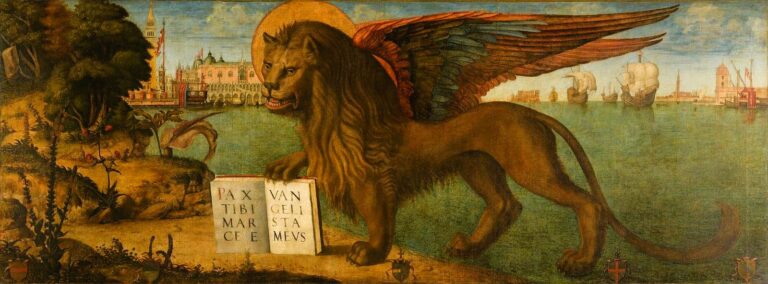
28 Aug 2025
Vittore Carpaccio’s Lion of Saint Mark: Venice’s Symbol in the Doge’s Palace
In Venice, the Doge’s Palace stood as the stage of a thousand-year republic. Its…


